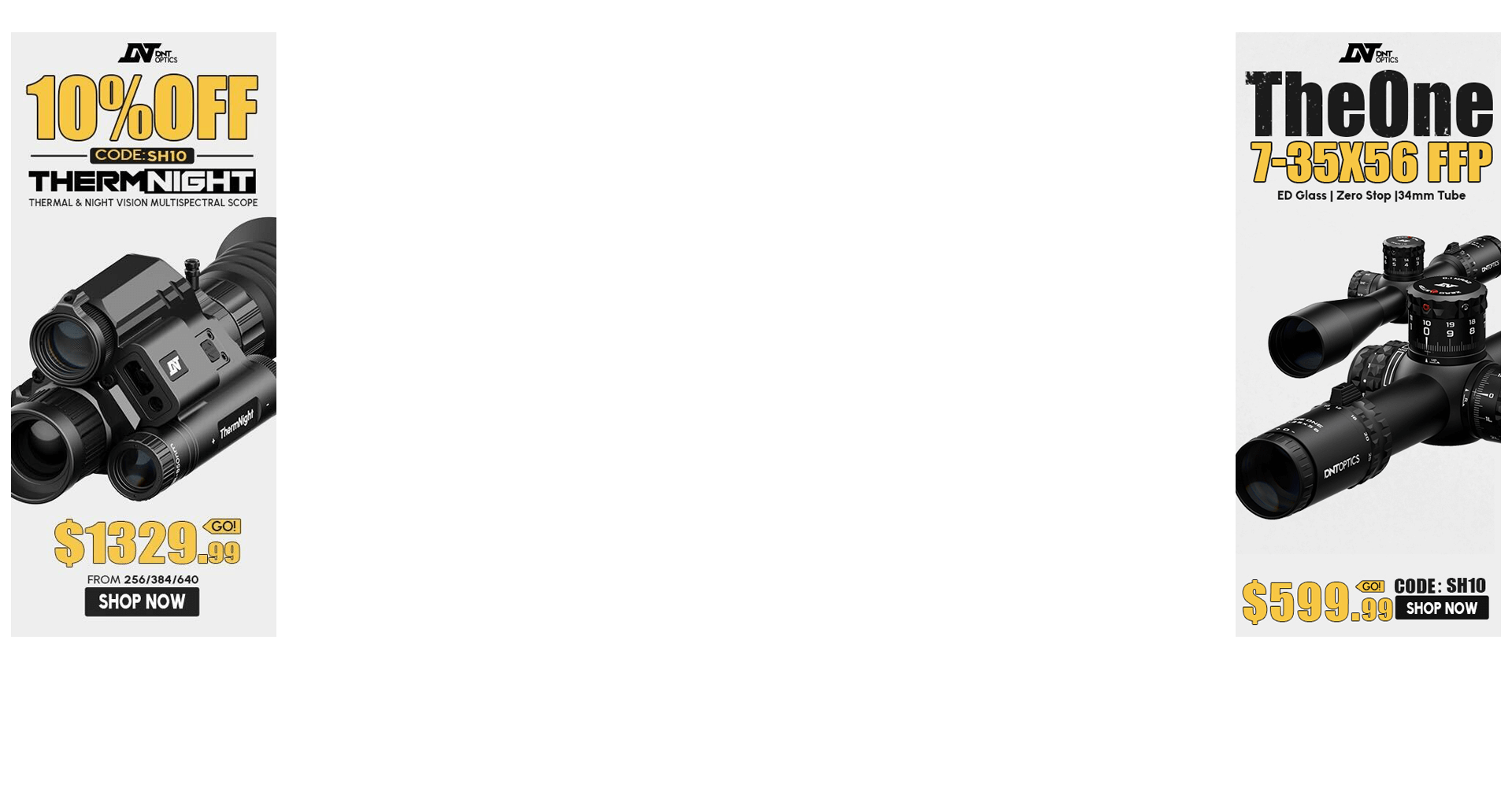Shooter Inputs and Outputs
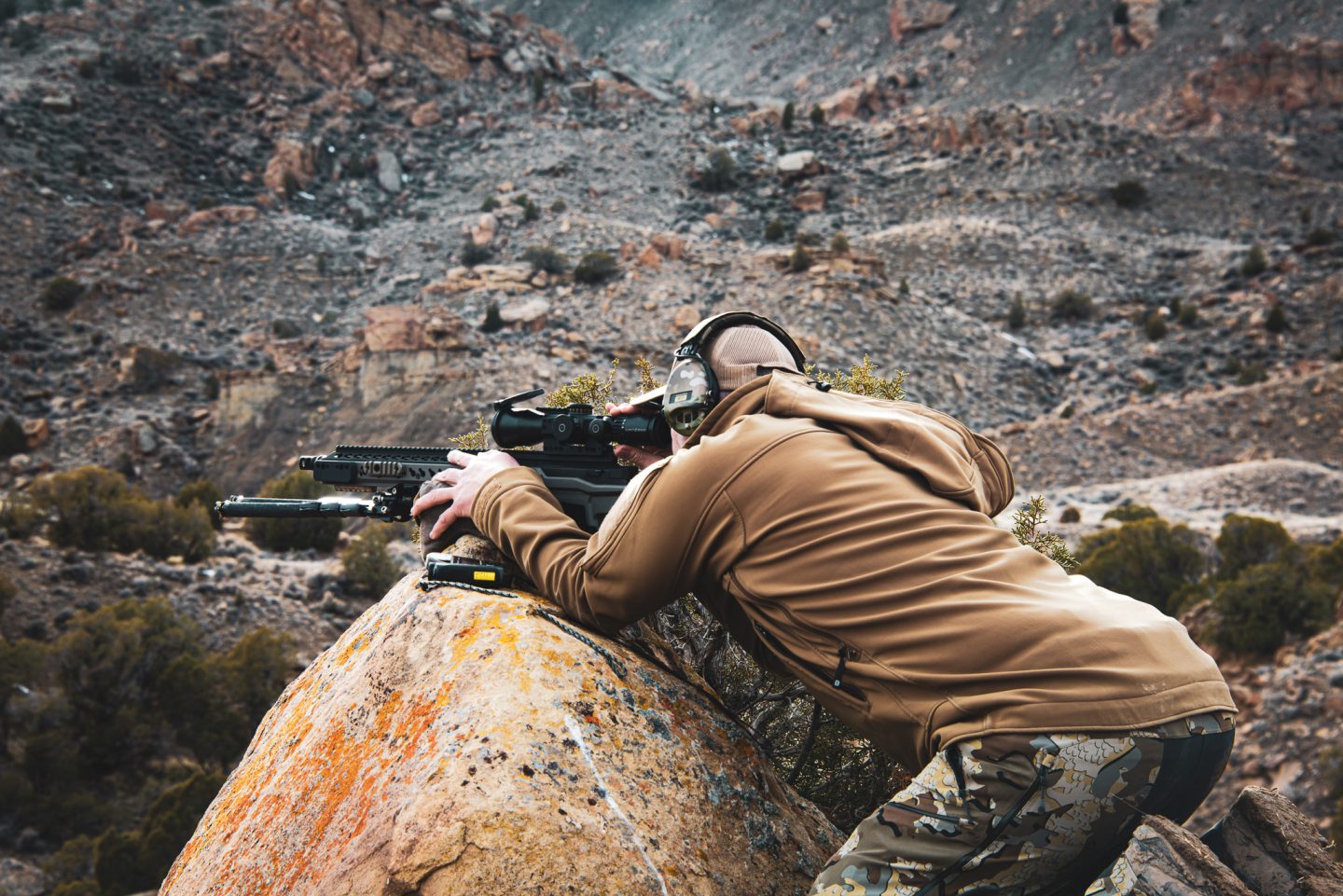
The general theme of this article series is the effects of equipment and shooter on long-range pursuits. Understanding the equipment baseline is vital because it provides a starting point on top of which we must stack the shooter-induced elements we will touch on now. The reason we didn’t jump straight into the shooter effects on the bullet’s endpoint is that the shooter input always stacks on top of the equipment element.
The Physics of It
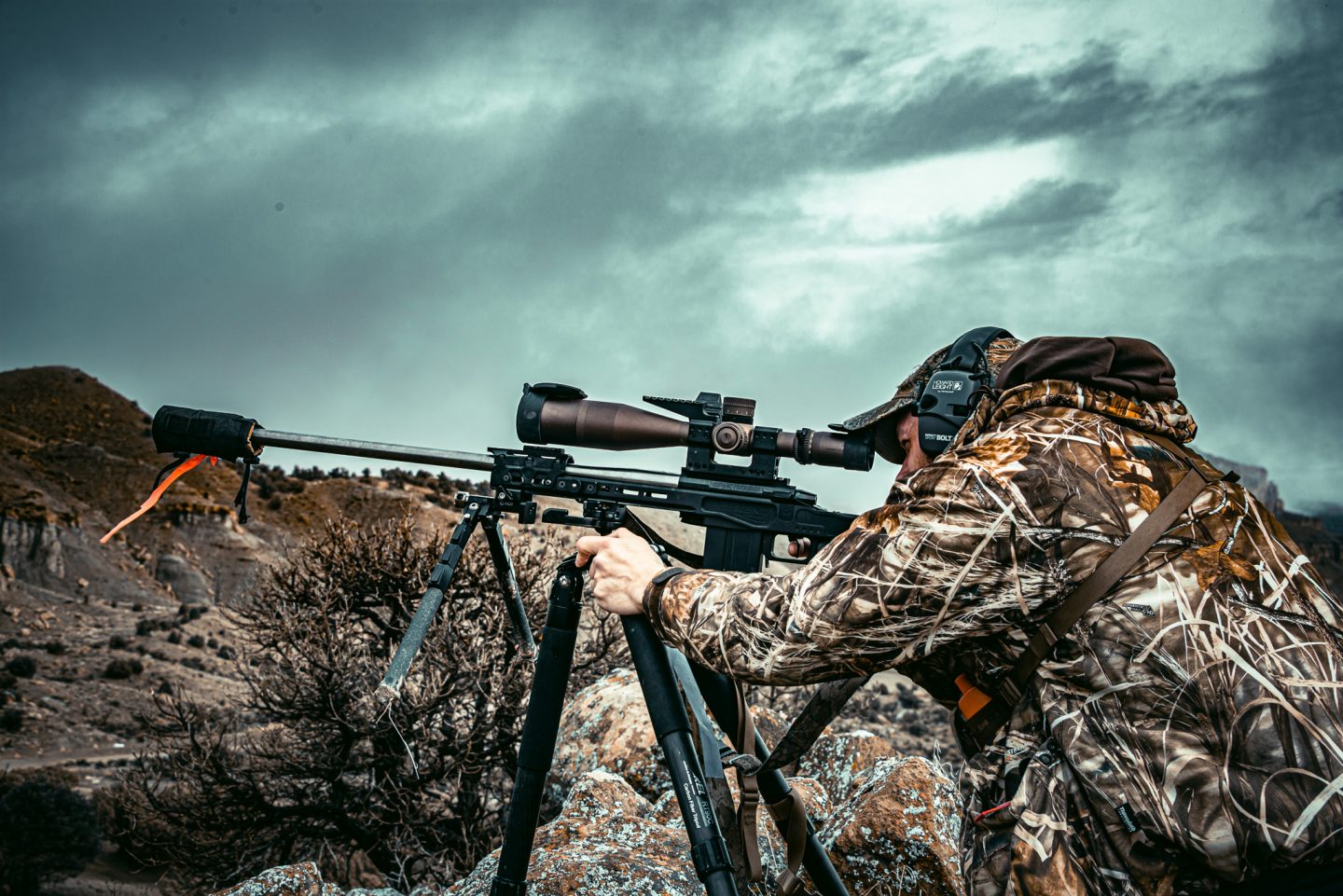
This isn’t a physics course, so I will try to generalize as much as possible here. Yet, a lot of shooting is basic applied physics, so it doesn’t hurt to bring up Newton in the most general of ways. Newton came up with a few “laws” that are still discussed today regarding stuff interacting with other stuff in the world. The 3rd law is one that you may have been told has something to do with “equal and opposite” reactions. When two objects interact, there is a predictable interaction that happens, and it happens with both of those objects. For instance, when a rifle is fired, there is a mass that must move forward, and as a result, that also must apply in the opposite direction in equal proportions. We also feel some other effects, but the general idea is if there is a push one way, there will be an equal force in the other direction.
Therefore, if your rifle is being contacted by other objects at that moment, there is some transfer into those objects as well and not just straight back. Maybe you see where I’m going here; if you grip the left side of the rifle, then the rifle will be driven to the right; if the rifle encounters friction in any way that can pass some force downward, there will be some in the opposite direction as well. What this means is that when the energy transfer is happening in all directions, it can be tracked into the contact points and, therefore, away from them as well.
How we translate the physics is through recoil management. Recoil management tells the bullet where the barrel is upon release. How the shooter manages the recoil tells us the orientation of the barrel.
The Muzzle Tells the Tale
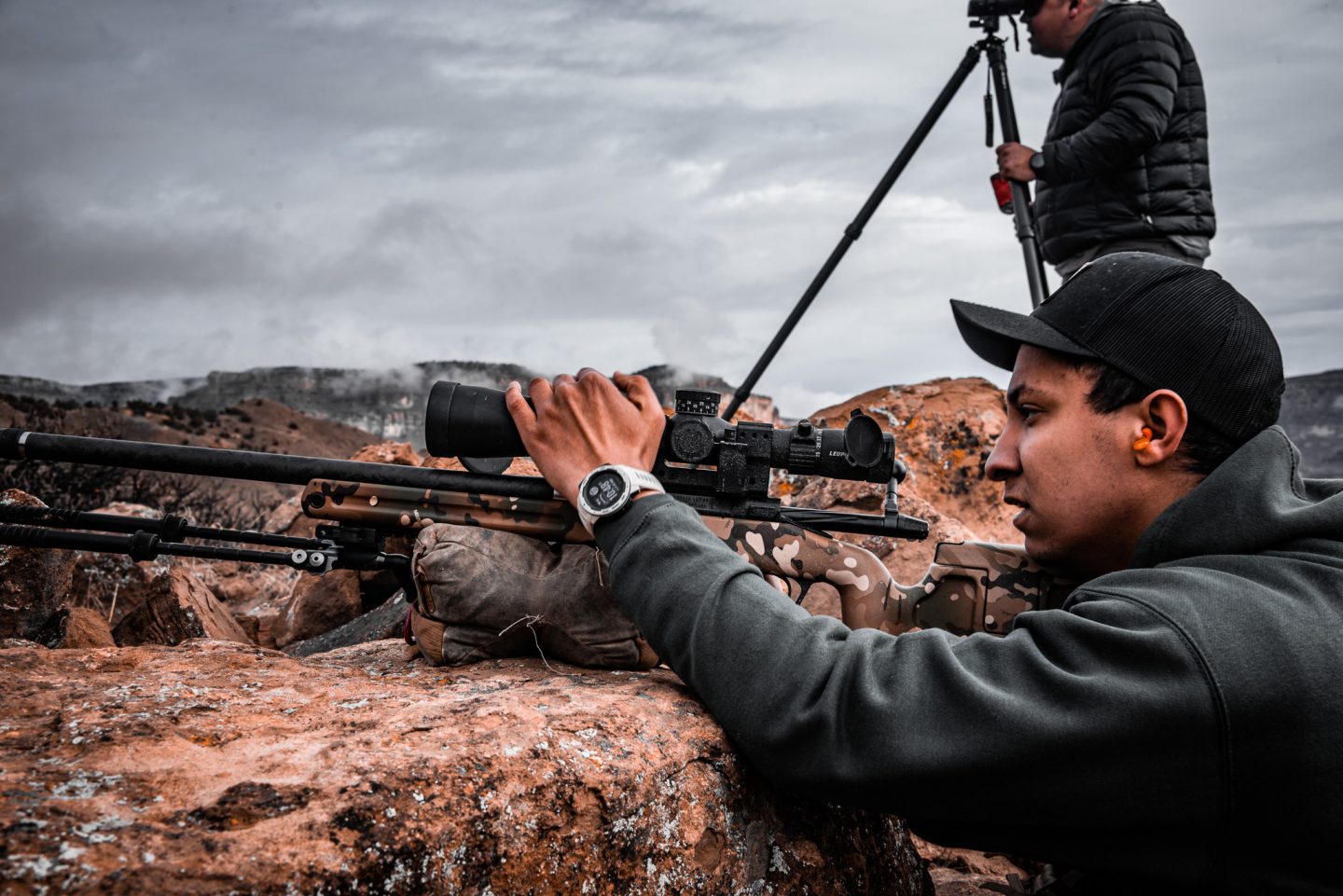
Small movements in the muzzle have some large effects down range in terms of movement. It is almost imperceptible to feel the difference of shifting the point of aim of a muzzle an inch at 100Y; part of why we benefit so much from optics is the ability to reference a ruler on top of the thing we’re aiming at.
The kraft drill does an amazing job of providing a visual reference of the energy, system, and shooter relationship. I would argue that most shooters probably feel like they broke a shot aiming at the center, yet the point of impact tells another story. The Kraft Drill was designed to reverse engineer this effect and help pinpoint the cause so that we could fix it.
So, let’s look at some relevant factors.
First, the mass of the gun can “absorb” some of the energy transfer rearwards through mass needing more energy to move in the opposite direction. Weight is stability; the heavier the rifle, the more stable the shot. This is good because we want the bullet to move forward, not the rifle backward. What you feel is the effect on the mass of the rifle nonetheless. The heavier the rifle, the less the rifle will move rearward. Shooters figured this out very quickly, and many disciplines’ top scores tend to be with heavier rifles. I don’t think this is a coincidence.
Weight is Stability
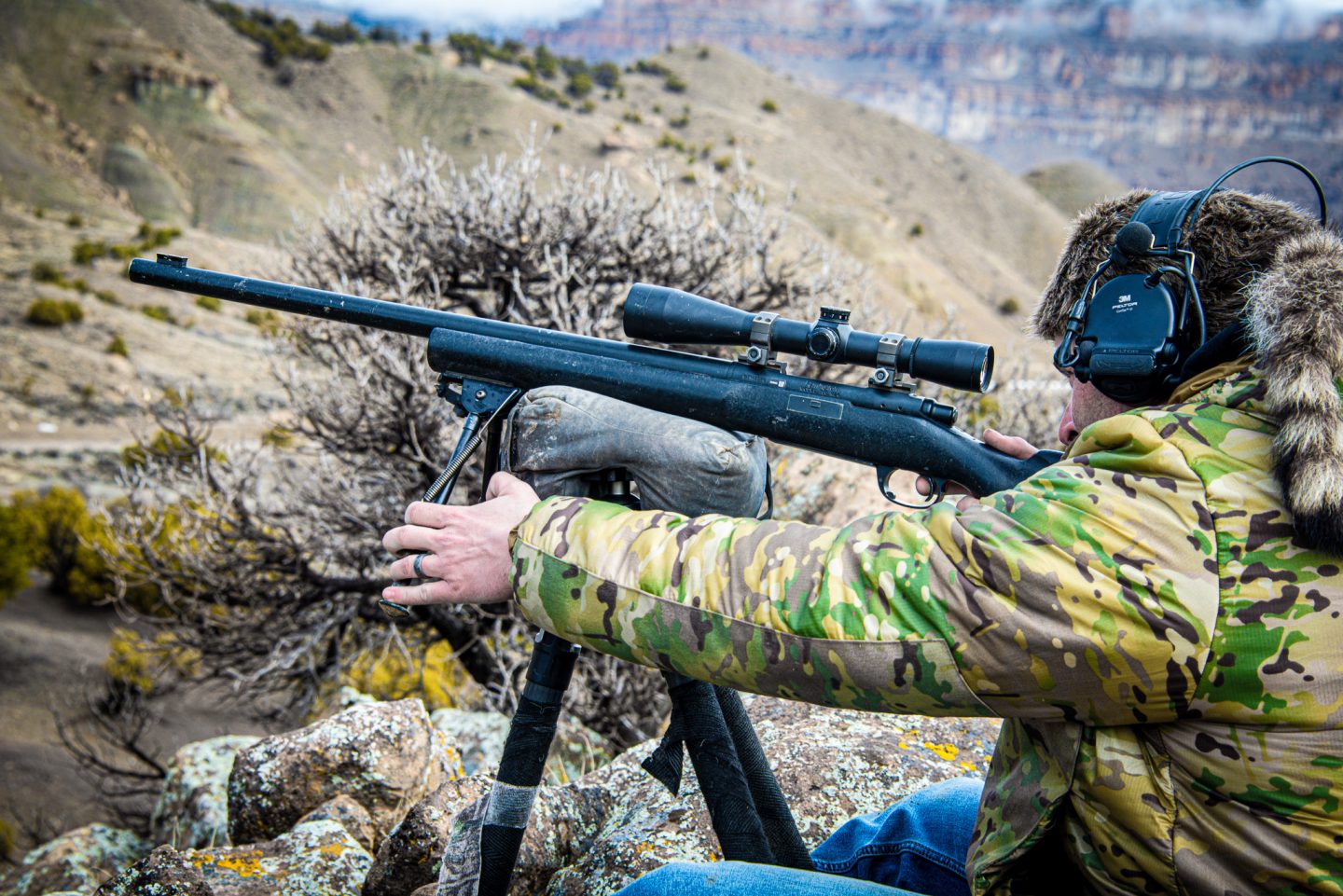
I don’t want to discuss the weight issue much more because it’s overcooked and doesn’t really help us become better marksmen in terms of a skillset. Instead, I prefer to look at human-induced effects. Some major ones are the following: Support arm, Bag/Barricade, Firing hand, Head, and Chest(shoulder).
Rather than just spelling things out, let me ask you some questions to answer for yourself.
- Assuming there is merit to the idea, what would happen if a right-handed shooter put their hand firmly on the left side of the rifle?
- If you place the rifle on a hard bag, or barricade, or have the rifle against anything solid for that matter, what would you expect to happen if no counterforce was considered?
- Your firing hand must contact the rifle. Your firing hand is usually behind the balance point of the rifle. Think about a rifle balanced carefully and contact points in front and behind the balance point; now imagine energy transfer into and out of those contact points. What would you expect?
- You have a big heavy head. Your head is typically well behind the balance point. If you have too much weight of your head on the rifle, what do you think will happen on recoil?
- Your chest/shoulder have the same influence, so think about that also.
Hopefully, this inspired you to think. Maybe for some of you, this will even encourage you to go shoot paper at 100y and test the results of different force/contact experiments. I have a long library of effects I have seen and often reference them when troubleshooting. I think that many of them are counter intuitive to many; in fact, many effects seem to be contradictory until you peel back more layers of the onion.
Homework
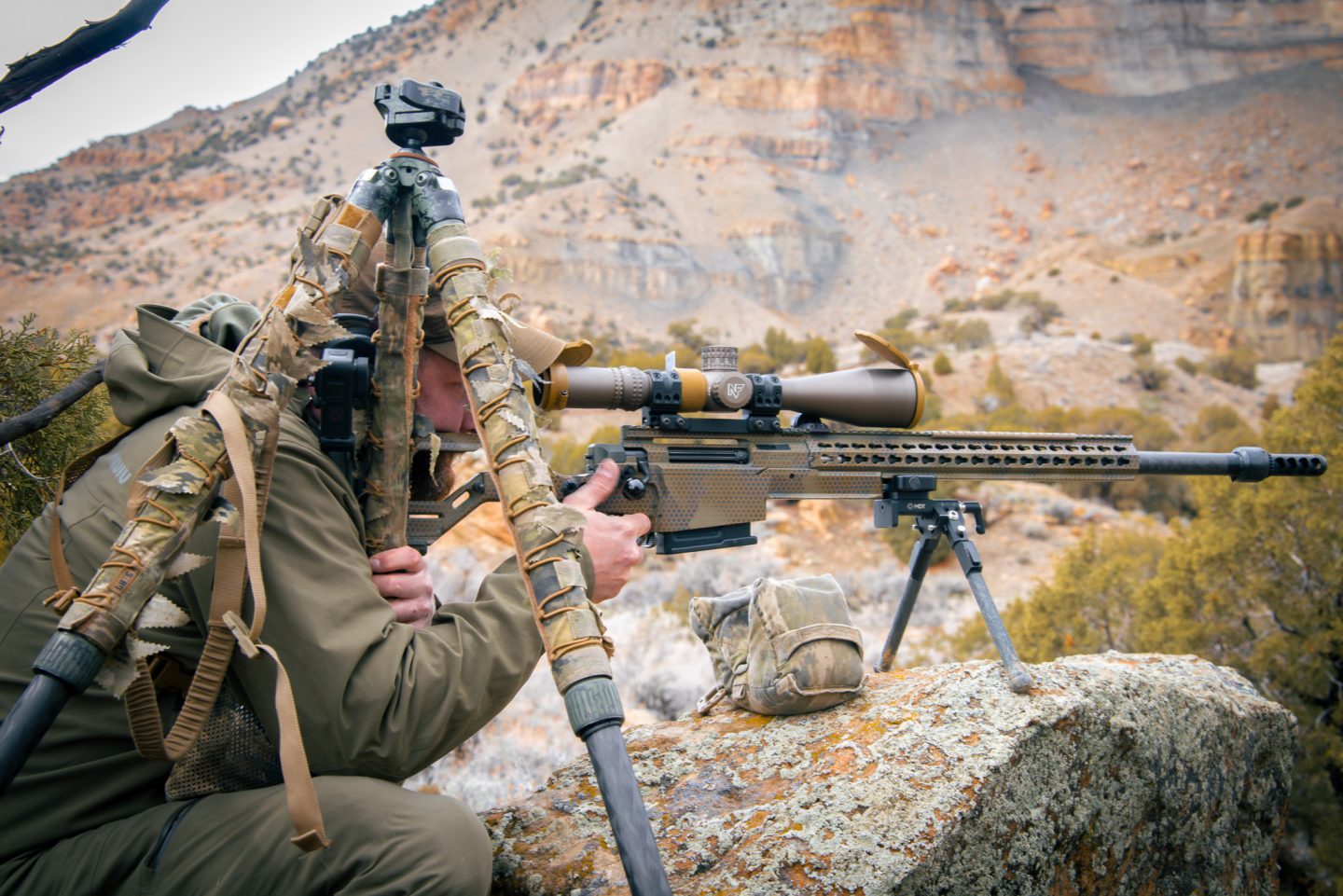
This is where filming yourself helps. Look at the movement of the barrel; it tells the tale of the shot. When executing the Kraft Drill, the goal is to create the same recoil pattern for every position. We want the rifle to recoil in a straight line vs looping up or backward. If you find you miss by shooting over the top of the plate, that points to a recoil management issue.
Hopefully, this leaves you with some homework and questions. I plan to discuss this more as we continue through the series. I will continue to talk about 100y but also start layering in the decision-making tree that starts to grow when you extend beyond 100y to longer ranges. Things can get screwy if we aren’t always falling back on the gear, and shooter baseline, so do some homework, and let’s touch base here in a week or so.

